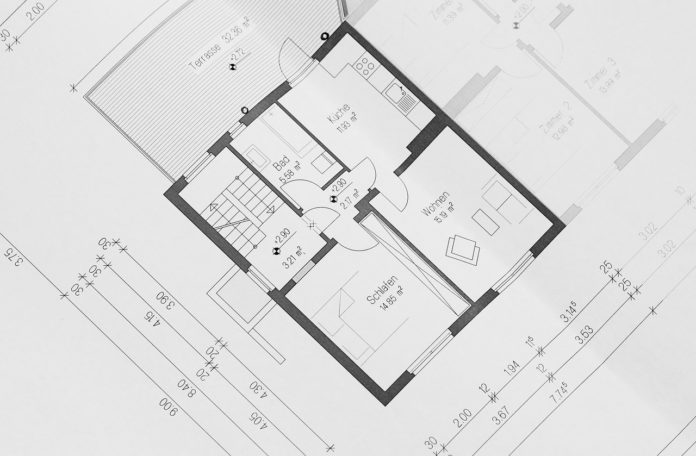
What are fields? Like the grass that grows in a field, they can be thought of as areas where things grow. In physics and engineering, there are many kinds of fields. One type is called a flow field which is defined by u=(2×2+1)m/s and v=(xy)m/s, where x and y are in meters. A field is a region in which forces, electric or magnetic fields, pressure and other quantities vary continuously. The concept of a continuous field is fundamental to the study of physics and engineering because it shows how one quantity varies with position as time changes. Some examples are gravitational fields around planets that cause objects such as satellites to orbit them; electrical and magnetic fields inside wires where currents flow due to an applied voltage difference between two points on their surface; static pressures exerted by fluids at different levels in containers or vessels used for heating water; sound waves propagating through air (or some other elastic substance) from an emitter into regions devoid of any reflecting surfaces. A more abstract example would be the curvature: the “space” within geometry



















